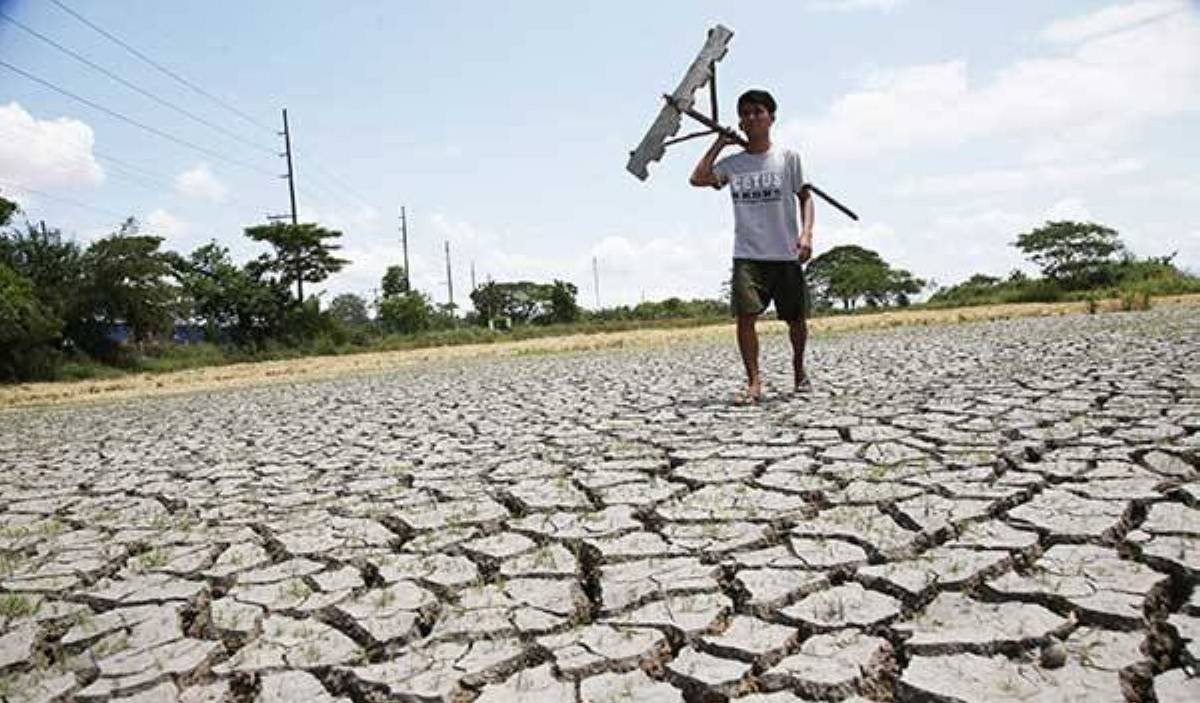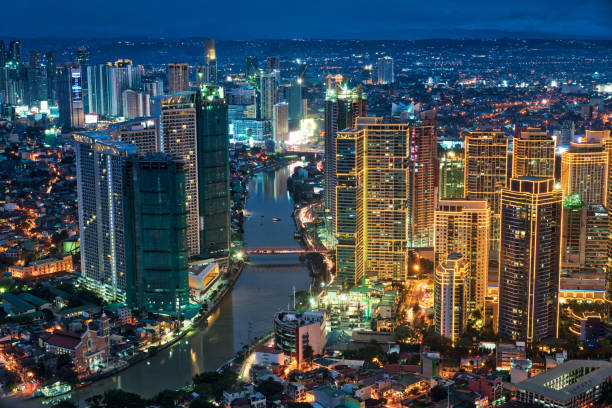The Philippine Atmospheric, Geophysical and Astronomical Services Administration (Pagasa) has issued a warning that the Luzon provinces of Batangas, Cavite, and Oriental Mindoro are likely to experience a drought induced by the El Niño phenomenon by the end of December. This severe dry condition is also expected to affect Abra, Ilocos Norte, Bataan, Zambales, Occidental Mindoro, and Metro Manila.
Drought, as defined by Pagasa, refers to a period of five consecutive months with below-normal rainfall conditions or three consecutive months with significantly reduced rainfall (more than 60 percent reduction from average). In addition to the Luzon provinces, the province of Antique in the Visayas is also at risk of experiencing drought conditions.
Pagasa Officer in Charge Nathaniel Servando further explained that several Luzon provinces will experience a dry spell, which is characterized by three consecutive months of below-normal rainfall or a 21 to 60 percent drop in average rainfall. These provinces include Kalinga, Apayao, Ifugao, Nueva Ecija, Benguet, Mountain Province, Ilocos Sur, La Union, Pangasinan, Cagayan, Isabela, Nueva Vizcaya, Quirino, Bulacan, Pampanga, Tarlac, Aurora, and Palawan. Misamis Oriental and Tawi-Tawi in Mindanao are also expected to face a dry spell.
According to Pagasa, most of Luzon will experience generally below-normal rainfall in December, while Visayas and Mindanao are expected to have near-normal rainfall. The agency also predicts below-average to warmer surface air temperatures throughout the country, with the possibility of cold temperature surges in Luzon due to the northeast monsoon, known as “amihan”. Servando added that the strong El Niño currently prevailing in the tropical Pacific is showing signs of further intensification in the coming months as sea surface temperatures rise by more than 1.5 degrees Celsius.
The El Niño phenomenon increases the likelihood of below-normal rainfall conditions, which can lead to dry spells and droughts in certain areas of the country until the first quarter of next year. Servando emphasized that this could have adverse effects on various climate-sensitive sectors, such as water resources, agriculture, energy, health, public safety, and other key sectors.
It is crucial for the affected provinces and local communities to prepare for the impending drought conditions. Water resource management and conservation efforts should be intensified to ensure the availability of water for essential needs. Farmers may need to adjust their planting schedules and explore drought-resistant crop varieties. The government and relevant agencies should closely monitor the situation and provide necessary support to affected communities.
It is important to note that El Niño phenomena are natural climate patterns that occur periodically. While they can bring challenges, they also provide opportunities for learning and adaptation. By understanding the patterns and implementing appropriate measures, communities can build resilience and mitigate the impacts of droughts and other extreme weather events.
As the El Niño intensifies, it is crucial for individuals, communities, and governments to work together to address the challenges it presents. By taking proactive measures and implementing sustainable practices, we can minimize the negative effects and ensure the well-being of our communities.
Source: The Manila Times







